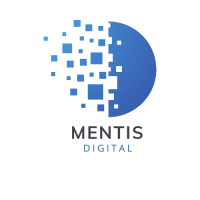The Internet of Things (IoT) is transforming Uganda, turning everyday devices into smart systems that enhance efficiency and connectivity. Fueled by the rapid expansion of fibre optic networks from telecom leaders like MTN, Airtel, CanalBox, and Savanna, IoT is driving innovation across homes, farms, and cities. Here’s how IoT and fibre connectivity are shaping Uganda’s future.
What Is IoT?
IoT connects devices—like thermostats, wearables, or sensors—over the internet to automate tasks and share data. In Uganda, IoT powers smart homes, healthcare, and agriculture, making life more convenient, sustainable, and connected.
Fibre Connectivity: The Backbone of IoT in Uganda
High-speed fibre optic networks are critical for IoT’s success, and Uganda’s telecoms are stepping up:
- MTN Uganda (https://www.mtn.co.ug/): MTN’s fibre-to-the-home and 5G networks deliver low-latency internet, enabling IoT for businesses and households.
- Airtel Uganda (https://www.airtel.co.ug/): Airtel’s FTTH solutions provide reliable connectivity for smart homes and industries.
- CanalBox (https://www.canalbox.com/ug/): Offering affordable fibre in Kampala, CanalBox supports IoT in urban homes and small businesses.
- Savanna: Savanna’s enterprise-grade fibre powers IoT in schools and healthcare, ensuring scalable connectivity.
These networks reduce latency and support real-time data exchange, making IoT viable even in growing urban centers like Gulu and Jinja.
IoT Applications in Uganda
IoT, backed by fibre connectivity, is revolutionizing key sectors:
Smart Homes
IoT devices like smart locks and security cameras let Kampala residents monitor their homes remotely. Fibre networks ensure seamless control via apps, enhancing safety and convenience.
Healthcare
Wearable IoT devices track heart rate and blood pressure, enabling remote monitoring in rural areas like Lira. Fibre connectivity ensures doctors receive real-time alerts for timely care.
Smart Agriculture
IoT sensors monitor soil moisture and weather in Mukono farms, optimizing irrigation and boosting yields. Fibre-powered data transmission supports precision farming for smallholder farmers.
Smart Cities
In Kampala, IoT enables smart traffic systems and connected waste bins, reducing congestion and improving cleanliness. Fibre networks handle the high data demands of smart city initiatives.
Education
IoT-powered smart classrooms in Makerere use sensors to save energy and interactive boards to engage students. Connected bins keep campuses clean, supported by fibre connectivity.
Why IoT Matters for Uganda
IoT and fibre connectivity deliver transformative benefits:
- Sustainability: Smart systems cut energy waste, aligning with Uganda’s green goals.
- Safety: IoT cameras and sensors enhance security for homes and businesses.
- Efficiency: Automation saves time for farmers, students, and professionals.
- Economic Growth: IoT fosters innovation, creating jobs in tech, agriculture, and healthcare.
Challenges to IoT Adoption
Despite progress, IoT faces hurdles in Uganda:
- Data Privacy: Secure data handling is essential to protect users.
- Cost: Fibre expansion is urban-focused, leaving rural areas behind.
- Compatibility: Standardizing IoT devices for seamless integration remains a challenge.
The Future of IoT in Uganda
As fibre networks grow, IoT’s potential is limitless. Imagine IoT systems managing fishponds in Wakiso, automating feeding, and improving yields for farmers while supporting SDG 14: Life Below Water. With MTN, Airtel, CanalBox, and Savanna leading connectivity, Uganda is poised for a smart, connected future.
Get Involved in Uganda’s IoT Revolution
IoT is reshaping Uganda, from smart homes to sustainable farms. What IoT solutions inspire you? Could smart technology solve challenges in your community? Share your ideas in the comments, and let’s shape Uganda’s tech future together!






